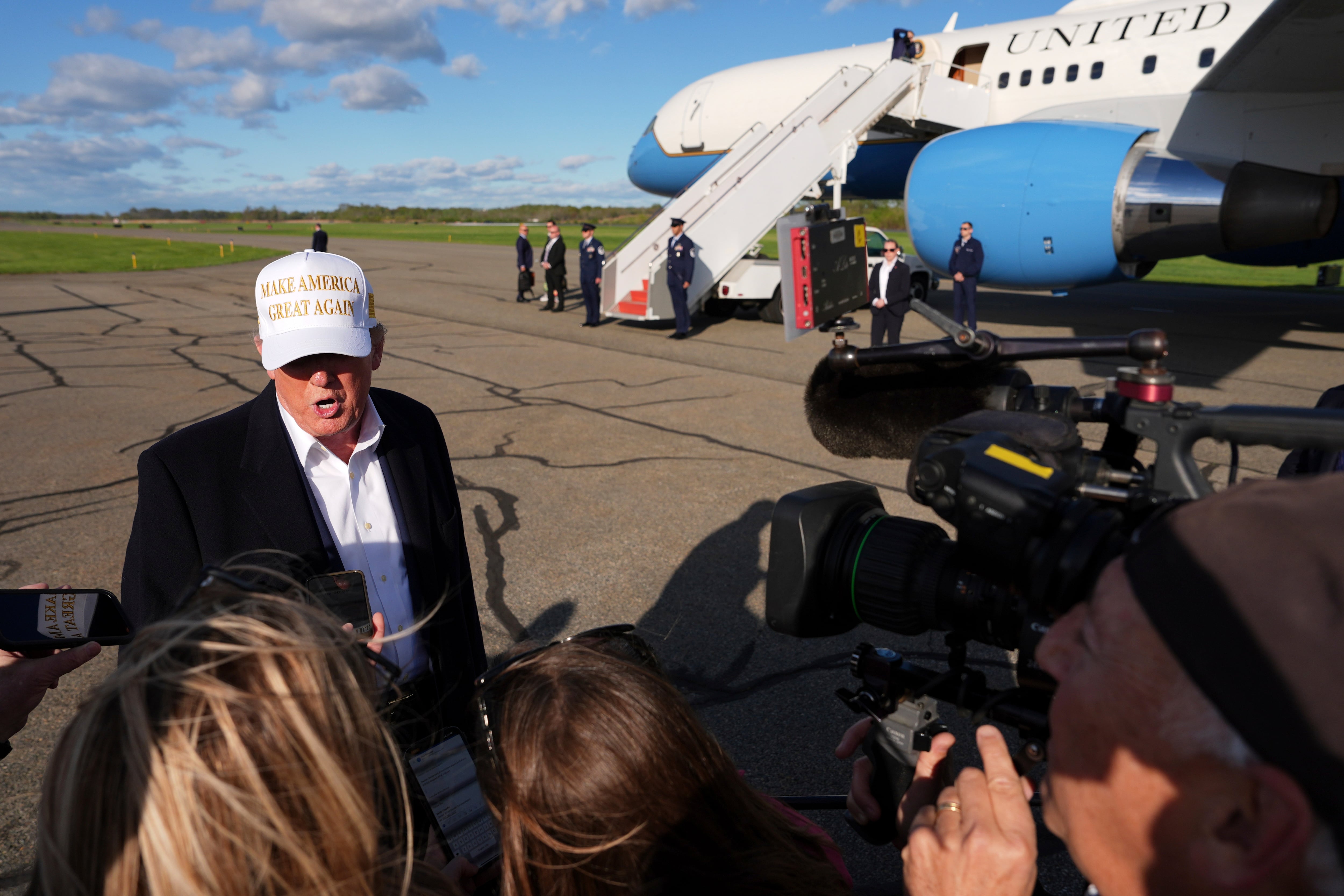Capt. William Albracht did not want to go to Firebase Kate.
“There was nothing going on there, not a damn thing,” Albracht said.
But what unfolded on that lonely hilltop, within spitting distance of the Cambodian border, in October 1969 would become the stuff of Army lore — a young Green Beret dropped into a force of untested artillery soldiers and allied troops surrounded and outnumbered 40 to 1, with no one coming to save them.
Albracht was 21 years old. He’d just pinned on his captain’s bars after having proved himself in special forces training, but he’d never commanded troops in the field or even heard a shot fired in combat. Yet, he’d been assigned to the executive officer billet for Special Forces Team A-236.
Despite his disdain for the lack of action at the firebase, intelligence was predicting an impending attack at the SF camps along the border nearer to Bu Prang and Duc Lap. But Kate was just a few kilometers from a suspected North Vietnamese training camp just over the border in Cambodia.
The young captain told his boss' boss, Lt. Col. Frank Simmons, that “my talents would be wasted on Kate.”
“I didn’t want to go out and sit on my ass,” he said.
Simmons said he understood, but the captain was still going to Kate. Maybe this seemingly quiet assignment was how the lieutenant colonel saw he could break in a new captain. Maybe.
The intense battle that would soon unfold there resulted in fellow officers being awarded valor medals, including the Silver Star, and though Albracht continued on, refusing evacuation despite his own wounds to stay and see the men through the attack, somehow the young captain didn’t get the write-up he deserved.
It took 43 years before he was recognized for what he did on that hilltop and the lives he saved. That award was a Silver Star, his third for valor in Vietnam.
Men who served alongside him or flew the skies above have written in support of a higher award for Albracht — the Medal of Honor. Political representatives in Congress and elsewhere have also advocated for a higher award, and one friend, Ken Moffett, continues to push for another review to correct what many see as an oversight.
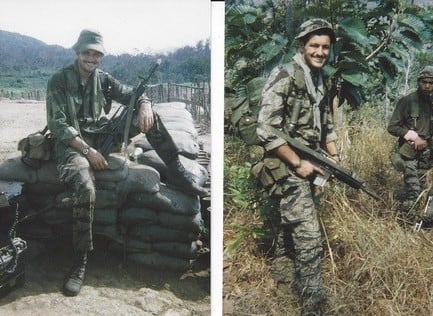
The Army did grant a review, which was initially promising. A board unanimously recommended an upgrade, potentially the Distinguished Service Cross or the Medal of Honor. But that was shot down in a December 2019 letter, affirming the Silver Star as the “appropriate recognition” of his actions.
That hasn’t deterred advocates from pushing forward, including Sen. Joni Ernst, R-Iowa, who has been in contact with the secretary of the Army about Albracht’s award.
“While the decision to award the Medal of Honor lies with the president, the senator continues to fight for her fellow veteran, Capt. Albracht, to be properly recognized for his heroic actions during the Vietnam War,” Ernst spokeswoman Kelsi Daniell told Army Times.
Interviewed by Army Times, Albracht did not wish to comment on his award nor efforts to have it upgraded. He instead shared his recollections of his time in Vietnam and at Firebase Kate.
Vietnam, 1969
Albracht arrived in Vietnam in the latter stages of the war. U.S. troop involvement had peaked in 1968, the year of the infamous Tet Offensive. Although it was a tactical failure, the offensive provided shocking proof that North Vietnamese and Viet Cong forces could strike a coordinated blow under the noses of U.S. and South Vietnamese military units.
President Richard Nixon announced in June 1969 that 25,000 American troops would be withdrawn immediately. Nixon’s policy of “Vietnamization,” turning the war over to the South Vietnamese so the United States could exit the conflict, had begun.
That meant U.S. forces would continue to fight but were supposed to work in support of their South Vietnamese counterparts, letting them take the lead.
That larger policy would come to bear on Albracht and the men on Firebase Kate in a very real way.
What kind of base is this?
The soldiers of Firebase Kate were practicing a somewhat new tactic in artillery. Since World War I, artillery had primarily been back from the front lines, usually with generous support and facing in one prime direction, supporting infantry forward advances.
But with no real “front lines” in Vietnam, units took advantage of helicopter support tactics and began dotting the battlefield with firebases. Mostly they were supported by other firebases, with overlapping or interlocking fields of fire. They also supported infantry patrols in the area.
By 1969 this tactic had been employed thousands of times in Vietnam, but it still had vulnerabilities.
Without key, stable air support and backup fires from other locations, firebases were stand-alone outposts ripe for being surrounded and potentially overwhelmed. And often, they were easily spotted targets of attack for Viet Cong and North Vietnamese troops in the dense jungles.
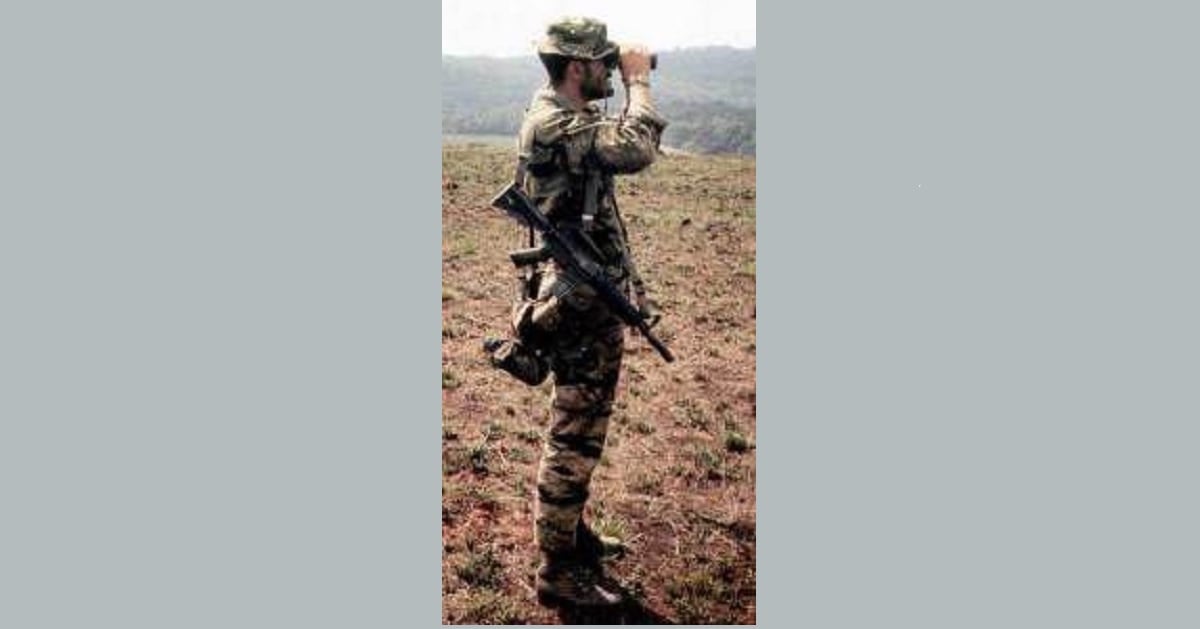
“When I first saw it, I thought, ‘Damn, this is great!’” said then-1st Lt. Mike Smith, who, at 25, was in charge of the artillery on Kate as the battery XO. "We could see everything. Kate was on a little hill out in the middle of lots of valleys.”
Firebase Kate was slightly smaller than a football field and sat atop a bald hill with tree cover and short grass. It was made of red, “hard-to-dig” dirt, soldiers who served there later recalled.
“Filling sandbags was filling dirt bags. From the air it looked like a guitar,” Smith said. “The firebase was on the big part of the guitar, then there was a neck and then a smaller knoll where the fret — the fingerboard — was.”
Two other firebases, Susan and Annie, were in the 360-degree interlocking fire support for Kate.
But Kate was nearly at the maximum range for Susan’s 155mm howitzers — approximately 14,000 meters. Projectiles don’t always land where planned, so if they called for a shot, it could fall short, hitting Kate.
“There were no U.S. or ARVN troops in the area,” said then-1st Lt. John Kerr, who flew into Kate on Sept. 20 to replace the previous fire direction control officer.
“We weren’t in direct support of an infantry division on the ground,” Kerr said. “Once or twice we shot for LRRPs, long-range recon patrols, and the LRRP guys were impressed with what we could do. But that was only once or twice. I’d been in Vietnam only a month when I got to Kate, and it was only my second firebase, so I didn’t really know why we were there, except that we were supposed to shoot for whoever asked us to shoot.”
But at times, no one was asking.
“We went days without firing our guns,” Smith said. “There was a lot of boredom. Day to day to day, we wondered what the hell we were doing there.”
A tall antenna in the middle of their camp was great for making radio contact, but also served as a marker for enemy eyes. Every few days the men burned their waste with diesel fuel, sending a plume of black smoke high over the mountainous skyline.
Across the Cambodian border, unknown to the men on Kate, thousands of North Vietnamese troops waited.
The 156 Montagnard militia troops who supported the firebase, and in turn, were to be supported by the 27 U.S. Army soldiers manning artillery pieces, initially made their reconnaissance patrols around the site. But they ran into little sign of the enemy.
After a couple of weeks, Smith said, those patrols became more like hunting expeditions.
“They shot a deer, and once I watched them cook a monkey, which looked like a little human,” he recalled.
On the base, security got lax.
“We didn’t do anything but party,” said Kenn Hopkins, a Charlie Battery ammunition handler. “We didn’t send out any patrols until Albracht came.”
The soldiers even set up a volleyball net between the gun pits. At times, 18 or more officers and enlisted would wedge into the FDC hooch for a poker game under electric lights.
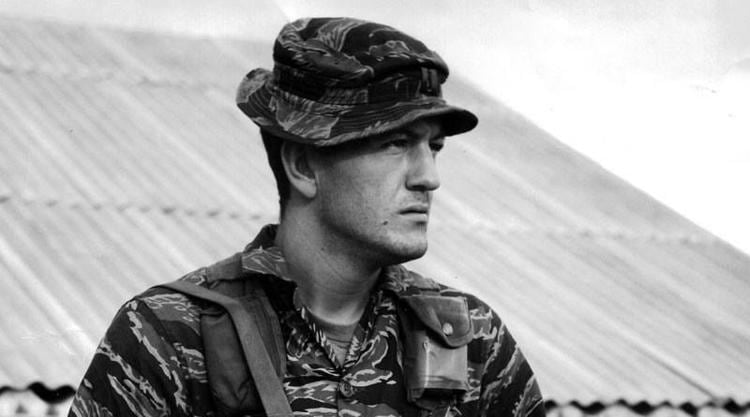
The Montagnard infantry company that had been “patrolling” the area and at least knew the terrain from their hunting expeditions was replaced with a fresh, but unfamiliar unit on Oct. 28.
That same day, Albracht boarded a Huey helicopter at Bu Prang to fly fewer than 10 minutes to his new posting — Firebase Kate.
‘No more volleyball’
As he approached Kate, Albracht got his first glimpse of his new temporary home.
“Why in God’s name did they put a firebase here?” he thought.
A higher, forested ridge with cover to the southeast gave the enemy a perfect position to aim direct fire at the base, anything from small arms to rockets.
He got a quick tour of the base, noting the two 155mm howitzers and the 105mm artillery piece at his disposal. Cambodia lay in every direction but south. And Kate was within range of enemy weapons.
The new captain’s sleeping quarters would be a tiny hooch he was to share with an artillery sergeant. The hooch consisted of a single row of sandbags with plastic sheeting. That wouldn’t even stop a bullet, let alone the indirect fire that was sure to come if there was an attack.
Albracht investigated the perimeter, surrounding areas and fortification — and found all lacking.
Shocked by the lack of preparation, Albracht gathered his thoughts.
Kate had never been attacked, he reasoned, and these were artillery, not infantry, soldiers. They thought they were safe.
With a similar lack of activity at the other two firebases nearby, most of the soldiers seemed convinced that any enemy attack would be on the more valuable target, the main base of Bu Prang.
Although Albracht was reluctant to come to the firebase, fearing a boring posting, once he got a look at its position and vulnerabilities on the ground, he knew an attack would come.
He set the men to clearing out the area within the wire and prepped the Montagnard for a morning patrol to reconnoiter the area.
“No more volleyball. No more cards,” he said. “From here on out, we must prepare to be attacked.”
That was on the afternoon of Oct. 28, 1969. The next five days would put the artillerymen and Montagnard soldiers through some of the most trying moments of their lives.
Guns gone, air support saves them all
Shortly after midnight, most of the soldiers were awoken by the popping of small arms fire. Gun crews starting firing illumination rounds from their artillery pieces. Men from the Montagnard militia came rushing through a small gap in the concertina wire.
“Beaucoup VC, beaucoup VC!” they yelled.
However, a follow-on attack didn’t come, leading the men to believe the artillery had scared off any intruders. But the initial skirmish was just a probe.
The next morning, at around first light, the real fight began.
"The whole world came down on us,” Albracht later wrote.
“About 7 a.m., I awoke to this KAWOOMP! — which, it turned out, was a HEAT round going through the sandbags to get the first gun,” Smith said.
A barrage followed. Albracht got on the radio to call for air support. But the guns stopped, so he reported a damage assessment.
As Albracht reconfigured his men for a counterattack outside the wire, a pilot above hovered over the treetops, scouting the area.
“Get out of there, man! I see you, I see where you’re going, and they’re mounting a force to flank you, a whole shitload of guys coming — a lot more than you’ve got!” the pilot said.
Albracht’s point man was hit with small arms fire and went down in the tall grass. Albracht ran into the melee to recover the downed comrade and haul him back to the base.
Later, back at Kate, the men were pummeled with B-40 rockets, 82mm mortars, recoilless rifles, small arms and machine gun fire.
The attack knocked out the tires of one of their 105mm guns. The crew managed to budge it into place to fire at the ridge. The damaged gun was hit again.
The choppers weren’t alone in warding off danger. F-4 Phantom jets streaked across the sky as alternating AC-47 Spooky gunships, nicknamed “Puff, the Magic Dragon,” laid down heavy fire to keep enemy soldiers away. Albracht watched as silver teardrops of napalm canisters tumbled into the ravines below his position.
Early on, one of the fire control communicators mistook Albracht’s radio call sign for “Chicken Hawk.” It was actually “Chicken Wolf.” But names didn’t matter, suppressive fire did.
“You can call me Chicken Hawk, Chicken Wolf or Chicken Shit,” he told the pilot. “Just get me some air support in here now!”
Nearly all day and night that support would pour onto all sides of the lonely hilltop, eventually reaching danger close distances as the enemy grew bolder.
Mid-morning he called for a medevac to get critically wounded men off of Kate. Just seconds before the chopper landed a B-40 rocket came streaking at Albracht as he was directing the aircraft. Red-hot pain seared his left arm shortly after the rocket struck. Shrapnel had hit the underside of the helo and sprayed him.
“My arm was on fire, the worst pain I’d ever felt. Dark blood soaked my fatigue jacket as I ran to Kate’s makeshift aid station,” Albracht said.
The medic cleaned him up, the shrapnel made a clean entry and exit. He asked Albracht if he wanted to hop on the medevac chopper coming back.
“I hadn’t even thought about leaving. I shook my head,” he said. “I wasn’t going anywhere.”
No support, a man dies
As they were being surrounded, Albracht called not only to the air but back to headquarters, requesting back up from South Vietnamese units to the south that should have been supporting them.
The area bases were technically under South Vietnamese military control, the Americans were only there to support and advise.
Lacking the sophisticated guidance systems of today. Albracht would hop from spot to spot on the roughly 100-yard-long firebase, finding cover and firing tracer rounds from his CAR-15 to mark where he wanted pilots to strike.
After a few more enemy strikes, the rest of Kate’s artillery pieces were out of commission. Their only tools were air support and their mortars, crew-served machine guns, M16s and hand grenades.
Late that night, in between mortar barrages from enemy troops, Albracht and the men could hear North Vietnamese soldiers digging into their positions.
In a rare lull in shooting, he was hunkered down with 1st Lt. Ronald Ross. Albracht noticed he was wearing a wedding band. He asked about his family and learned that Ross was due for R&R to finally see his newborn son John for the first time.
As they talked, shooting picked back up. They were pinned down in a corner of the base and needed to get to the main bunker.
It was maybe 50 or 60 feet away. They ran. Albracht had nearly reached the bunker when he heard the distinctive scream of the B-40 rocket behind him. It was slow enough he could see it flying through the air.
The explosion threw Albracht into the doorway of the bunker, he turned to see Rosson the ground, bleeding, just behind him. He wasn’t breathing.
An hour later, Albracht zipped Ross into a body bag.
‘Dead men walking’
The men were low on ammo, hadn’t slept and were low on water. A rescue force had attempted a helicopter landing a short distance away but was repulsed by far more enemy soldiers than they could take on.
There wasn’t any help coming. It had been five days since he landed on Kate. But time seemed endless when sleep never came and rounds kept coming.
As danger mounted and the circumstances became more and more strained, the Montagnard soldiers let it be known that they were going to leave, with or without the Americans.
Not wanting to abandon the post without orders to do so, but fully aware how desperate the situation had become, Albracht negotiated with the Montagnard commander to wait until nightfall.
He took stock.
The enemy had zeroed in on every position on their small outpost. Fifteen of the 27 artillerymen he’d started this mission with days ago were wounded. Ross was dead.
He sent a message to headquarters asking to leave the position.
“Permission to abandon denied,” came the reply.
Albracht sent another message, essentially telling the command they were leaving. This time he wasn’t asking.
This time, he got the approval of headquarters, which instructed him to link up that night with supporting ground forces deep under the triple canopy jungle.
Albracht didn’t let it show, but the prospect of moving more than 180 men safely through the jungle to friendly lines when as many as 5,000 to 6,000 enemy soldiers were crawling around their position seemed unlikely to turn out well.
“I believed we were merely dead men walking,” Albracht later recalled.
But he reassured the men and prepared to step off.
A terrifying escape
The entire time, as evidenced by recorded radio traffic Army Times reviewed, Albracht whispers into his handset, talking with fire control and air support. He calls in spraying fire from the Spooky gunships just 100 meters in front of his own advancing patrol to clear the way.
He tells the ground link-up force to meet them just left of “ambush hill,” a prominent feature near Kate.
But the lead element took a wrong turn. Somewhat lost in the dark, Albracht peered through dim red flashlight onto his map, straining to get the men to their rendezvous point.
Off-track with a sky full of aircraft, one of the pilots started firing on what he thought was enemy forces.
“… he’s firing at me, he’s firing at me, what other aircraft is up there?” Albracht said, his whisper rising to a quasi-yell on the handset.
“Ok, all aircraft, attention all aircraft, cease fire, cease-fire, you’re firing on Chicken Hawk’s position,” Spooky 41 said.
Three hours into the movement, the moon came out, bright enough for the men to distinguish terrain features.
Finally, they reached what looked like the rendezvous point.
Two companies of friendly soldiers should be beyond that clearing, waiting to guide them home, Albracht thought, but he couldn’t be certain. That dense brush and jungle could be hiding as many or more enemy soldiers.
He called up Mike Force, the ground support companies on the radio, asking them to send someone to the clearing so they would know they were in the right spot.
Mike Force told him to send someone. A deadly game of red rover.
Before he left the tree line, Albracht radioed to tell them he was coming out. He was in the open, alone, and unsure if he was in the right spot.
“I am an American. Are you the Mike Force?” he called out as he walked.
Sgt. 1st Class Lowell Stevens grabbed his arm at the opposite tree line.
“Go back and get the rest of your men,” Stevens whispered. “And keep your voice down. There’s all kinds of pith helmets and AKs around here. Get your guys, and let’s get the hell out of here.”
He retrieved the men and marched with the Mike Force companies back to safety.
Some of the Montagnards and one missing artilleryman had been separated but made it back to base camp safely.
But Pfc. Michael R. Norton, a gunner, disappeared before the link-up. Norton remains listed on the Department of Defense POW/MIA unaccounted for list. He has been declared dead by the agency.
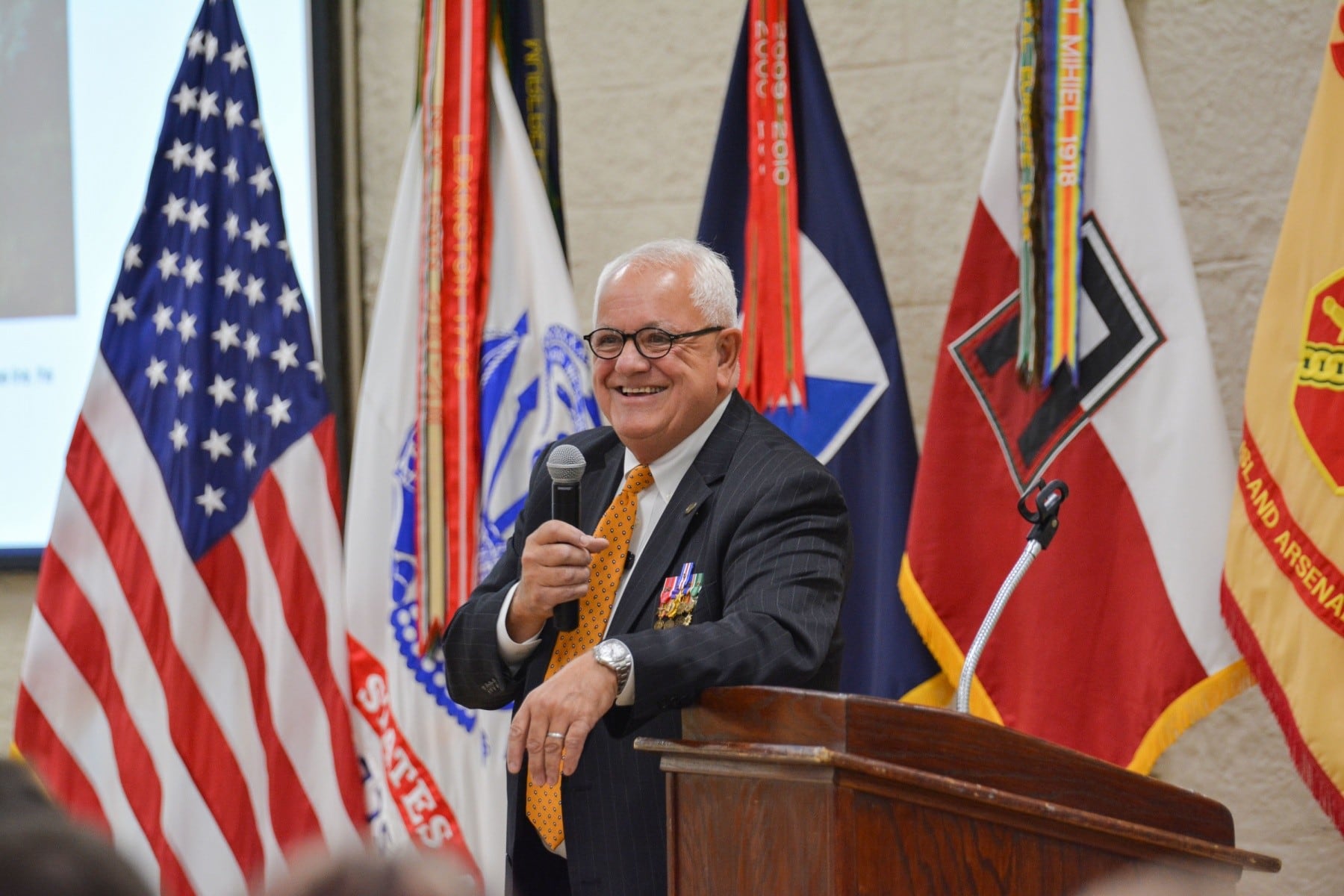
After the fight
Albracht served on in Vietnam, earning two more Silver Stars. He later joined the Secret Service, protecting six U.S. presidents.
But those days on Kate remain with him still.
It’s been more than 50 years since the events of those days at the firebase. Albracht said he often reflects on them. He can almost hear the flying rockets and mortars, and smell the blood and death when he does.
“I never felt more needed than I was on Kate, nor have I ever felt more fear,” he wrote in his book.
Editor’s Note: Dialogue, accounts and retelling of events during the Vietnam combat action were reported through declassified Vietnam reports, recorded radio traffic transmissions, Army field manuals, interviews with William Albracht and co-author Marvin J. Wolf, along with excerpts from their book “Abandoned in Hell: The Fight for Vietnam’s Firebase Kate” and the subsequent documentary film “Escape From Firebase Kate.”
Todd South has written about crime, courts, government and the military for multiple publications since 2004 and was named a 2014 Pulitzer finalist for a co-written project on witness intimidation. Todd is a Marine veteran of the Iraq War.






